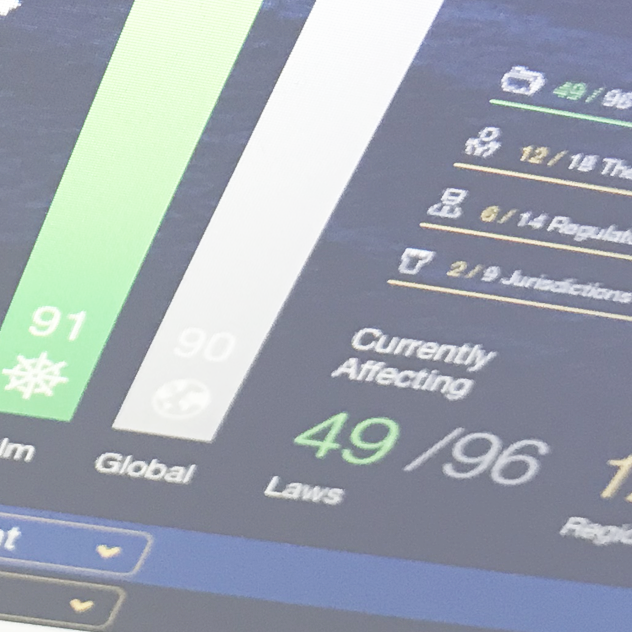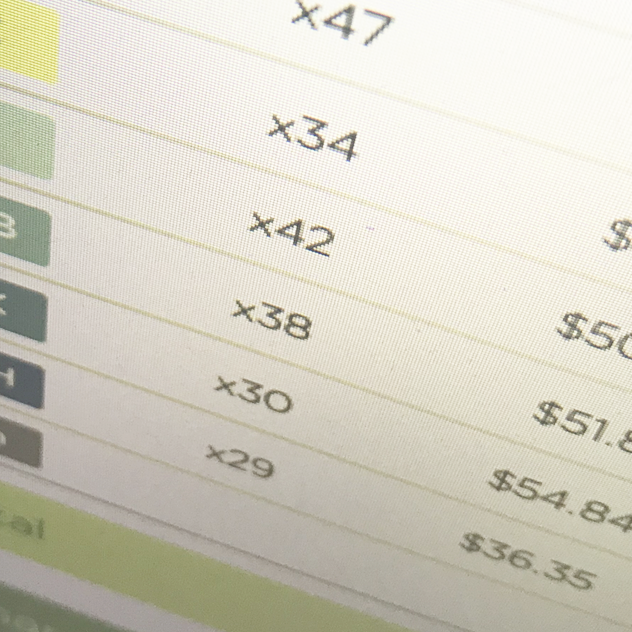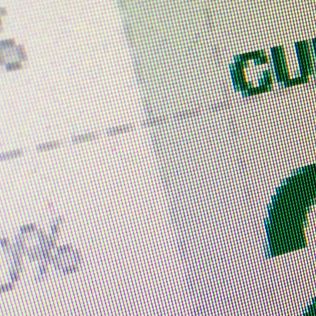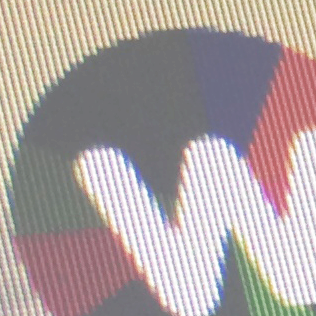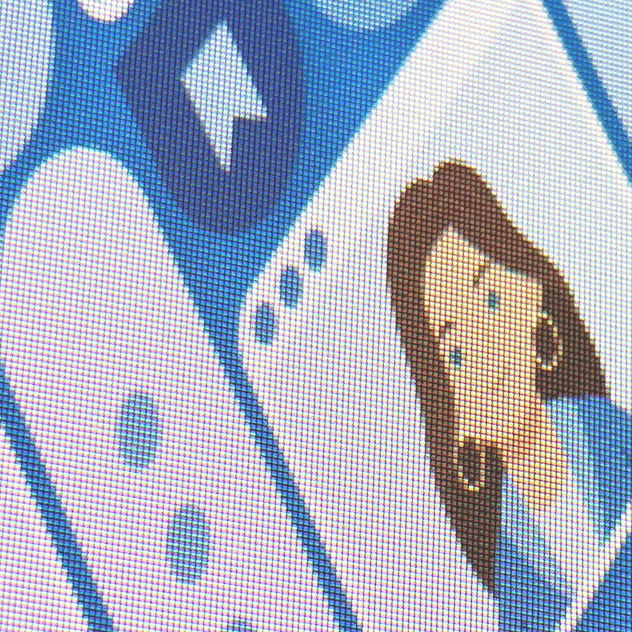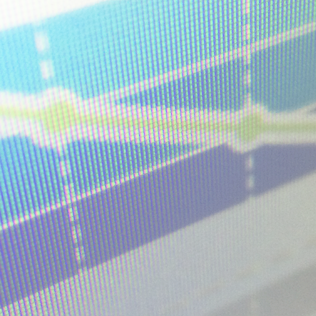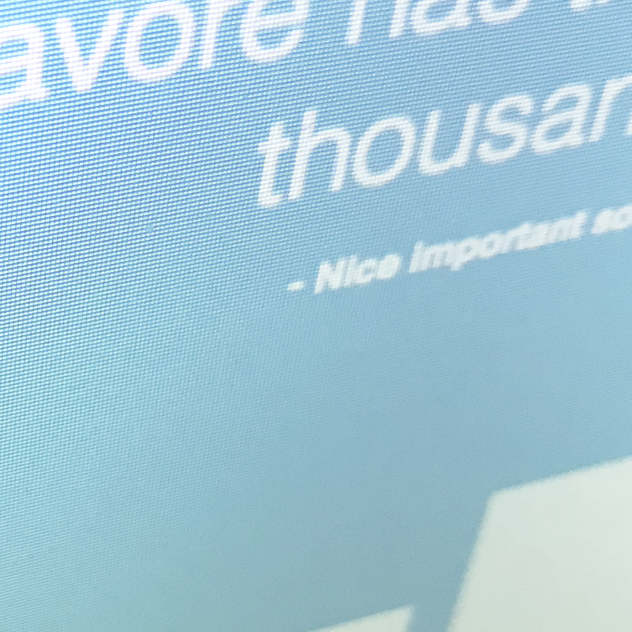Late 2014 I was contacted by R&D inside http://www.grainger.com/, via rzoroccam.com, a third party logistics company based in the UK. They wanted me to come take a look at a project they were working on in Chicago from a UX point of view.
The project was to be a prototype: an application-like responsive web service which allowed us to influence customers to subsitute cheaper off-brand versions of branded products. In collaboration with a company called CODIFYD we would take a look at how shoppers search for adhesives - one of the largest traffic products in Grainger's inventory/
There were a lot of NDAs and a three month deadline for the prototype.
Below in the first set of images is a selection of pages from a PDF I prepared to explain some rudimentary UX concepts to the people at grainger: for example to explain that not every user arrives through the homepage, and that SEO and flexible journeys through the site would be the best way to intercept traffic searching for merchandise.
There is also some work around explaining basic approached to responsive design, and flexible use of screen space.
The project was to be a prototype: an application-like responsive web service which allowed us to influence customers to subsitute cheaper off-brand versions of branded products. In collaboration with a company called CODIFYD we would take a look at how shoppers search for adhesives - one of the largest traffic products in Grainger's inventory/
There were a lot of NDAs and a three month deadline for the prototype.
Below in the first set of images is a selection of pages from a PDF I prepared to explain some rudimentary UX concepts to the people at grainger: for example to explain that not every user arrives through the homepage, and that SEO and flexible journeys through the site would be the best way to intercept traffic searching for merchandise.
There is also some work around explaining basic approached to responsive design, and flexible use of screen space.
After initial skype meetings, Grainger asked me to flesh out one of the basic page layouts, for further presentation remotely.
The following set of images was based on a very simple left-right reading schema, and constructed in Illustrator as a set of "advanced wireframes" to allow me to talk through the concepts, page interactions and how the pages might work.
There was also some suggested overlays and granulr purchase information that formed part of an extra "layer" of info and enabled me to discuss multiple overlapping forms of navigation.
There was also some suggested overlays and granulr purchase information that formed part of an extra "layer" of info and enabled me to discuss multiple overlapping forms of navigation.
At this point Granger were happy to proceed but not satisfied that we had hit the right schema in the demo: they invited me to Chicago to work in Codifyd's offices on a responsive solution, allowing me to talk to all stakeholders simultaneously.
Once on site, we were able to progress a number of things simultaneously: HiFi wireframes and conceptual journeys, but also visual elements such as how to represent categories and processes within the merchandise.
Once on site, we were able to progress a number of things simultaneously: HiFi wireframes and conceptual journeys, but also visual elements such as how to represent categories and processes within the merchandise.
